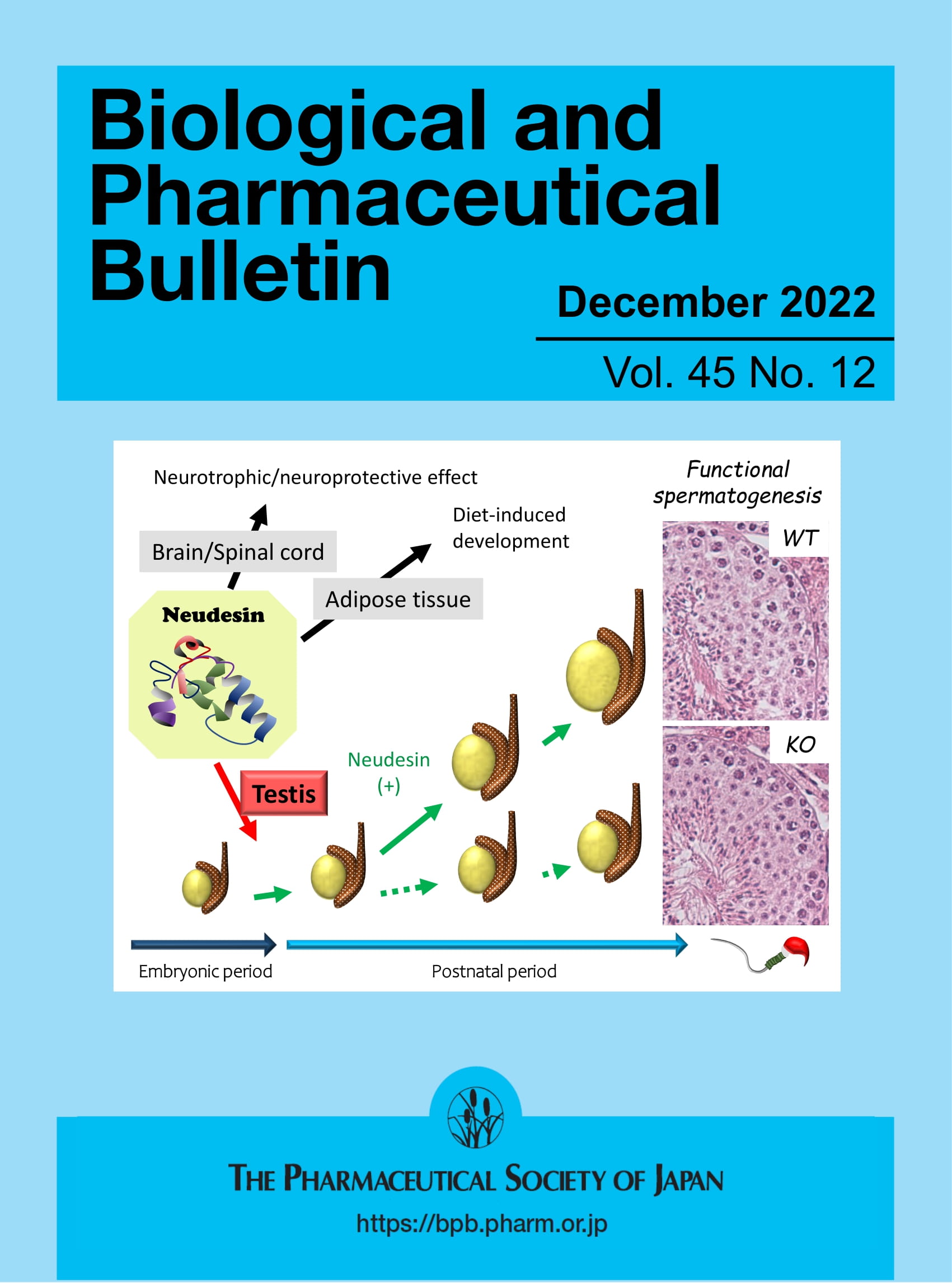Parameter-Optimized Fabrication of Submicron Nanoelectrospray Emitters for Enhanced Native Mass Spectrometry
Abstract
Rationale
Submicron nanoelectrospray emitters, which suppress nonspecific aggregation and accommodate high-salt buffers, have significantly enhanced native mass spectrometry (native MS) performance. Current technical challenges in fabricating such precision emitters, coupled with commercial products' high costs and limited size specifications, hinder diversified analytical demands. Developing cost-effective and customizable fabrication strategies is therefore imperative to overcome technical barriers, improve instrumental performance, and broaden application scopes.
Methods
The effects of key pulling parameters, such as heating power (HEAT), pulling force (PULL), heating width (FILAMENT), cooling delay (DELAY), and trigger speed (VELOCITY), on emitter morphology were systematically studied using a laser puller. Self-fabricated emitters were evaluated by analyzing three proteins (BSA, cytochrome C, IgG) under near-physiological conditions via nMS.
Results
HEAT and PULL were identified as key factors controlling the tip IDs and cone lengths. By employing multiple-loop processing to reduce the pulling force, we successfully fabricated emitters suitable for nMS. This process reduced the tip ID from 3 to 800 nm, enhancing salt tolerance for BSA from 300 to 800 μM, cytochrome C from 800 to 2000 μM, and IgG from 10 to 50 μM. Meanwhile, detection sensitivity can be greatly improved for BSA detection limits dropped from 0.1 to 0.06 μM, cytochrome C from 1.5 to 0.25 nM, and IgG from 0.7 to 0.1 μM. Additionally, nonspecific protein aggregation was reduced.
Conclusion
We identified HEAT and PULL as the critical parameters for optimizing emitter inner diameter (ID) and cone length, while VELOCITY-PULL interactions specifically enhanced tip flatness. Multi-loop operations significantly optimize emitter tip morphology. This enabled controlled fabrication of emitters spanning submicron-scale (200 nm) to micron-scale (8 μm) IDs, with submicron-range parameter optimization. This provides a practical reference for users requiring emitters of varying specifications, thereby advancing the development of nMS.



 求助内容:
求助内容: 应助结果提醒方式:
应助结果提醒方式:


